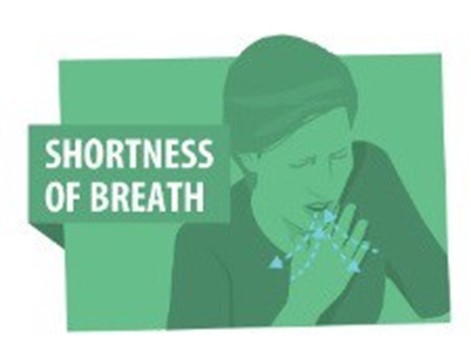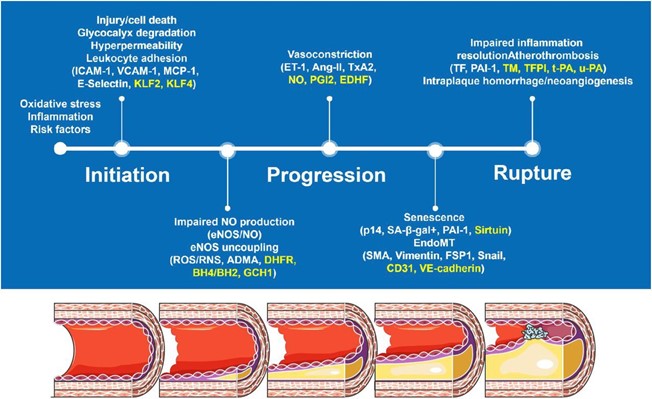Signs and symptoms of dyspnea include
Feeling short of breath
Decreased work of breathing
A failure to use accessory muscles
An improvement of symptoms with exercise
The Correct Answer is A

Dyspnea is a term used to describe difficulty breathing or shortness of breath. It is a subjective symptom and can be experienced differently by different people. Common signs and symptoms of dyspnea include feeling short of breath, chest tightness, rapid breathing, wheezing, coughing, and a feeling of suffocation. The work of breathing may be increased, and accessory muscles may be used to help with breathing. Exercise may worsen symptoms of dyspnea in some individuals, while in others, it may improve symptoms.
Nursing Test Bank
Naxlex Comprehensive Predictor Exams
Related Questions
Correct Answer is B
Explanation
Atherosclerosis is a complex disease process that involves the gradual buildup of plaques (fatty deposits) in the walls of arteries, leading to narrowing and reduced blood flow. The exact cause of atherosclerosis is not fully understood, but it is thought to involve a combination of genetic, lifestyle, and environmental factors
One of the key contributing factors to atherosclerosis is damage to the endothelial cells that line the walls of arteries. This damage can be caused by a variety of factors, including high blood pressure, smoking, high levels of lowdensity lipoprotein (LDL) cholesterol, and other inflammatory factors. When the endothelial cells are damaged, they release chemicals that attract white blood cells to the area. These white blood cells then migrate into the arterial wall, where they begin to accumulate and form fatty deposits called plaques.
Over time, these plaques can grow and calcify, leading to further narrowing of the artery and reducing blood flow to the affected tissue. In addition, plaques can rupture and form blood clots, which can completely block blood flow to the affected area and cause a heart attack or stroke.
While high serum cholesterol levels are a risk factor for atherosclerosis, they are not the sole cause. Similarly, an increase in antithrombotic substances (substances that prevent blood clots) and congenital heart disease are not primary causes of atherosclerosis, although they may contribute to the disease process in some cases.
Correct Answer is B
Explanation
IgE is the immunoglobulin associated with allergic reactions and is often elevated in patients with asthma. When a person with asthma is exposed to an allergen, their IgE levels increase, leading to the release of inflammatory chemicals such as histamine, which can cause bronchoconstriction and other symptoms of asthma.
IgA: This is an immunoglobulin that plays a role in the immune system's defense against infections. It is mainly found in the mucous membranes of the respiratory and gastrointestinal tracts.
IgG: This is the most abundant immunoglobulin in the bloodstream and plays a role in providing immunity against bacterial and viral infections. It can also cross the placenta and provide passive immunity to a developing fetus.
IgM: This is the first immunoglobulin produced in response to an infection and plays a role in the body's defense against bacterial and viral infections. It is found primarily in the bloodstream.
Whether you are a student looking to ace your exams or a practicing nurse seeking to enhance your expertise , our nursing education contents will empower you with the confidence and competence to make a difference in the lives of patients and become a respected leader in the healthcare field.
Visit Naxlex, invest in your future and unlock endless possibilities with our unparalleled nursing education contents today
Report Wrong Answer on the Current Question
Do you disagree with the answer? If yes, what is your expected answer? Explain.
Kindly be descriptive with the issue you are facing.
